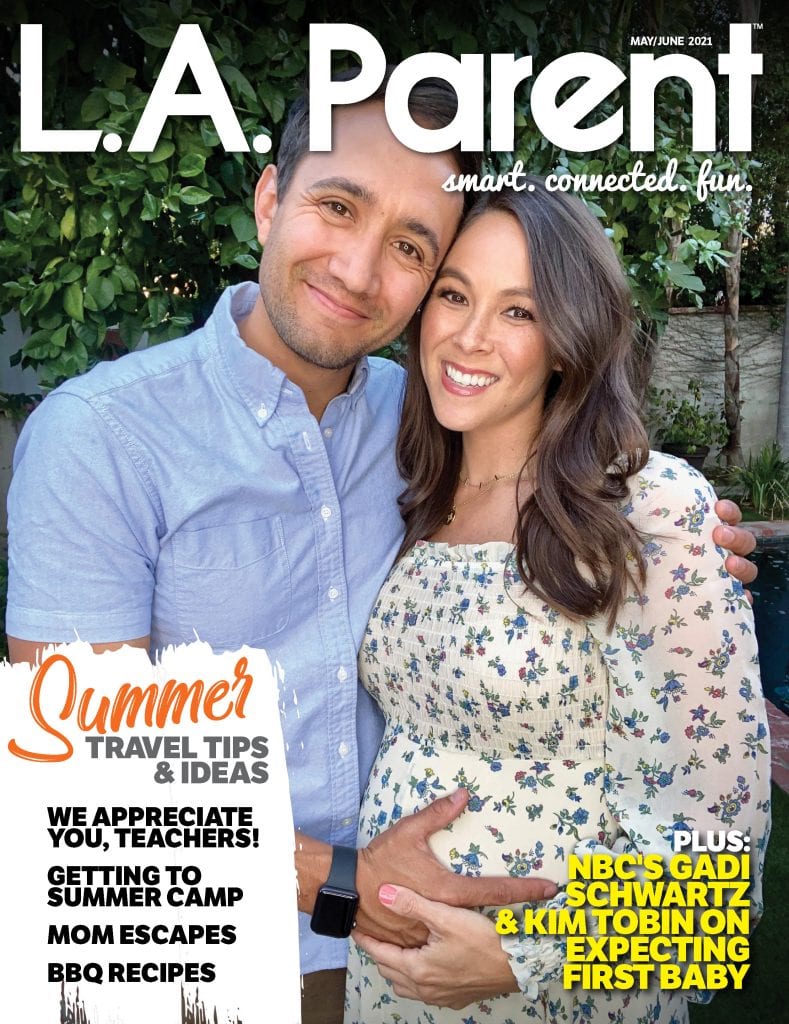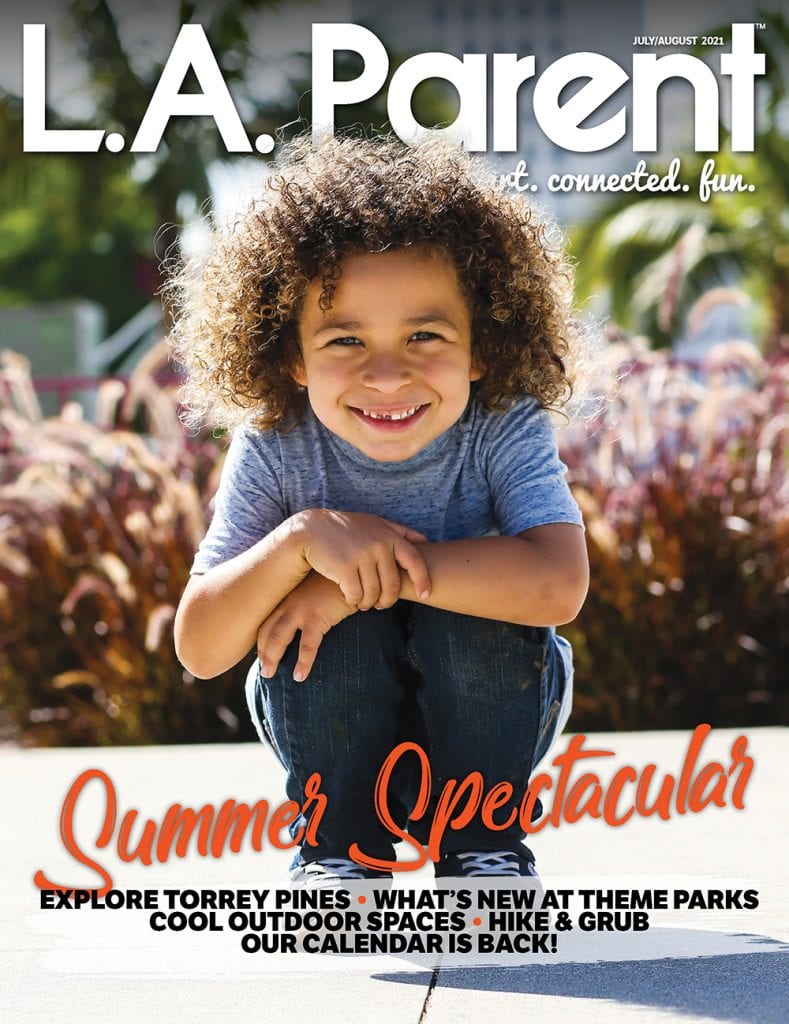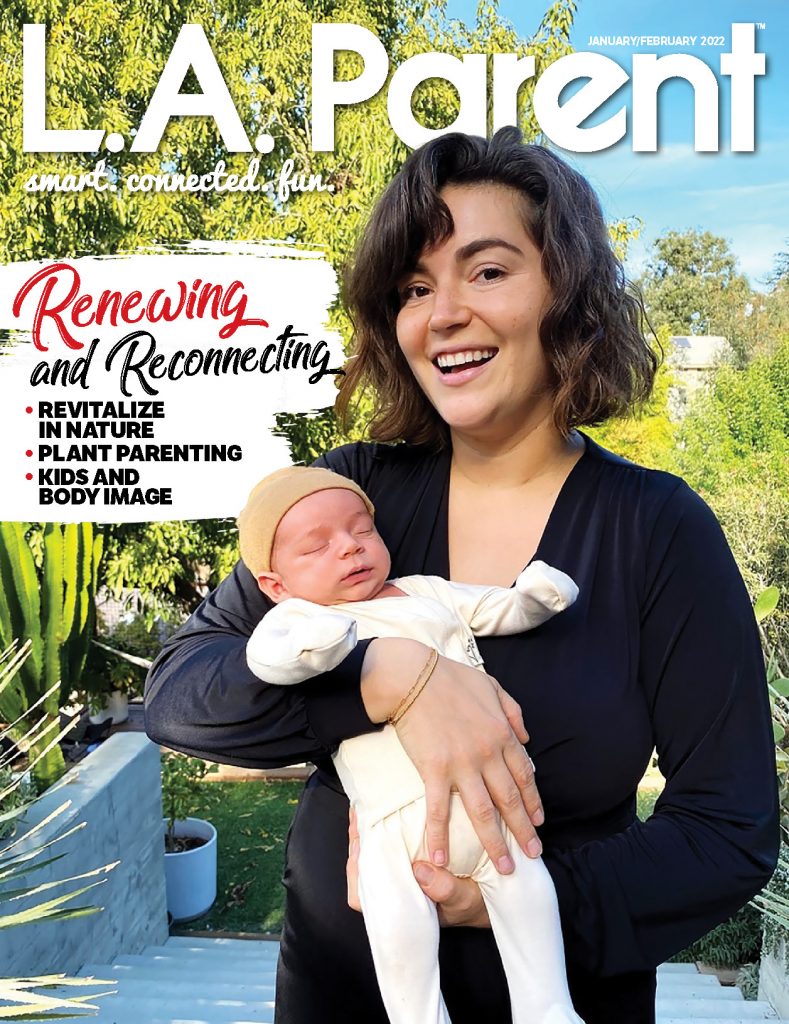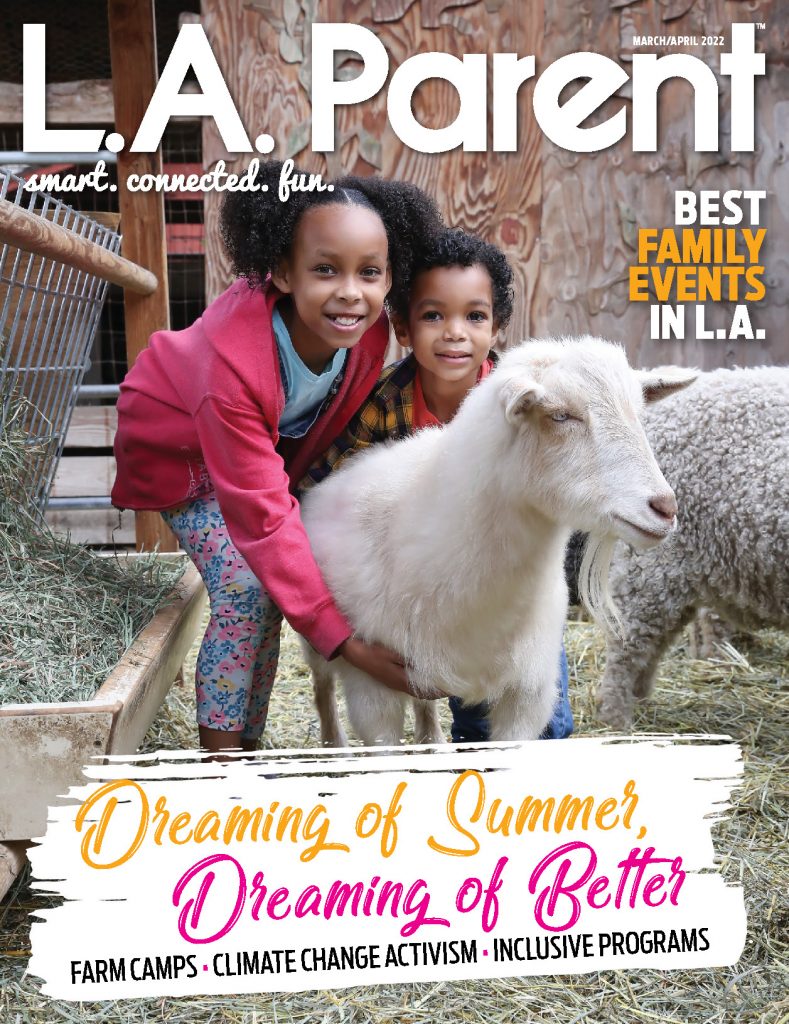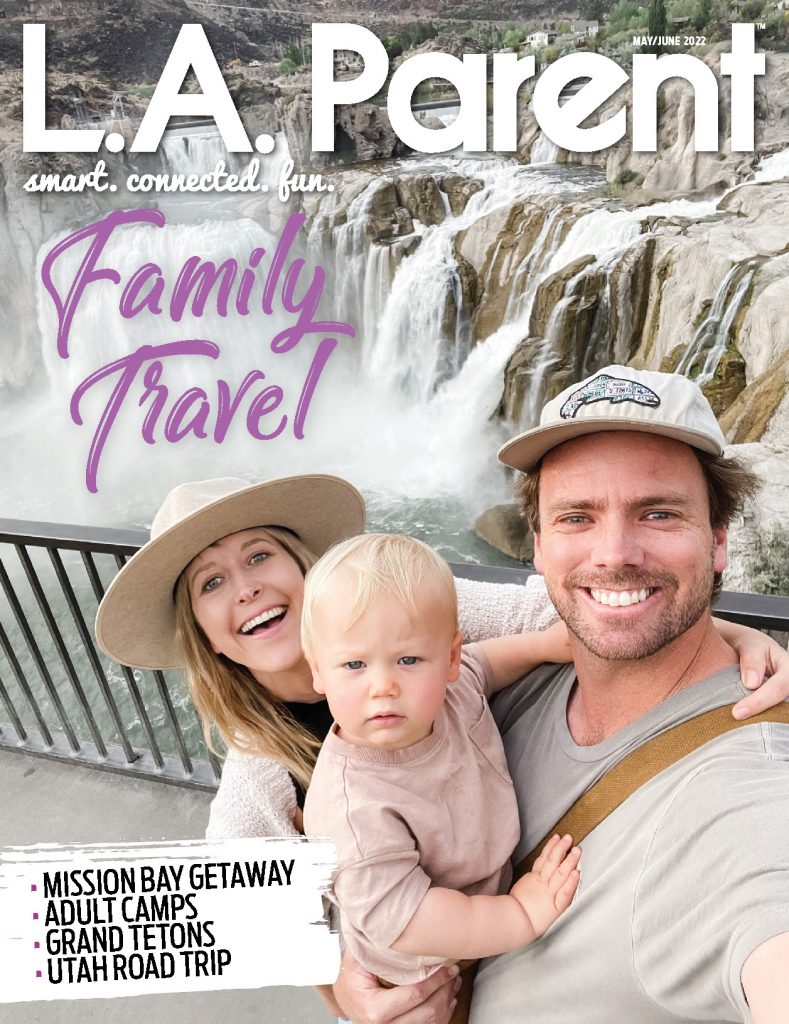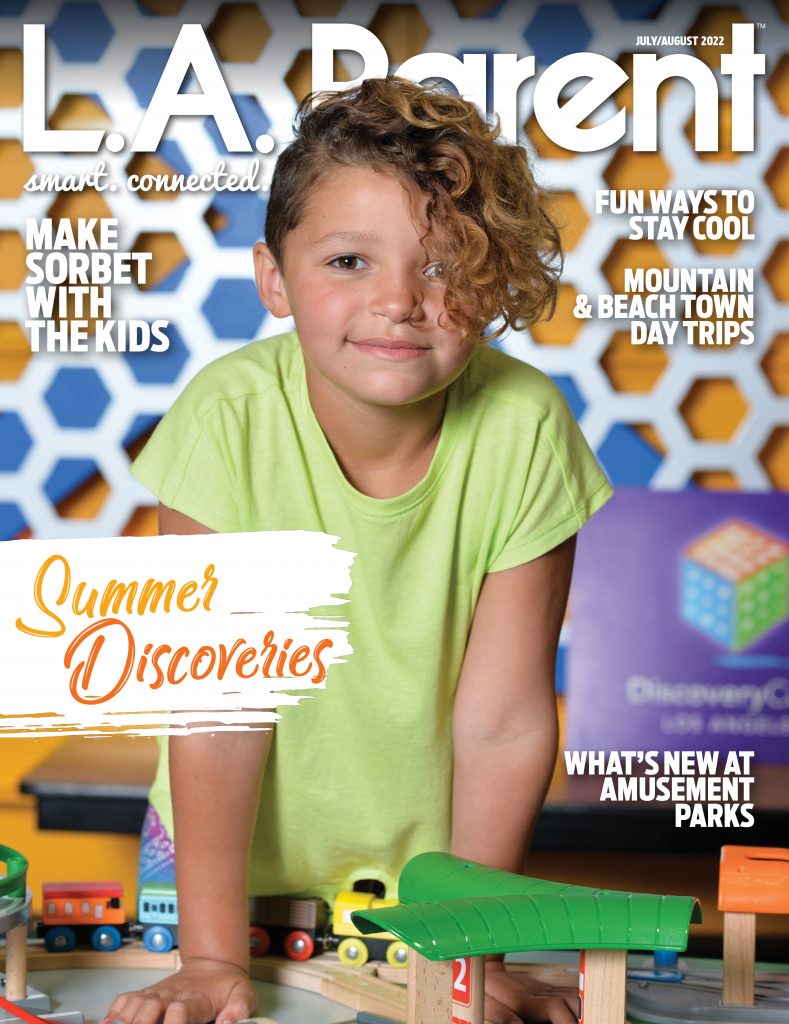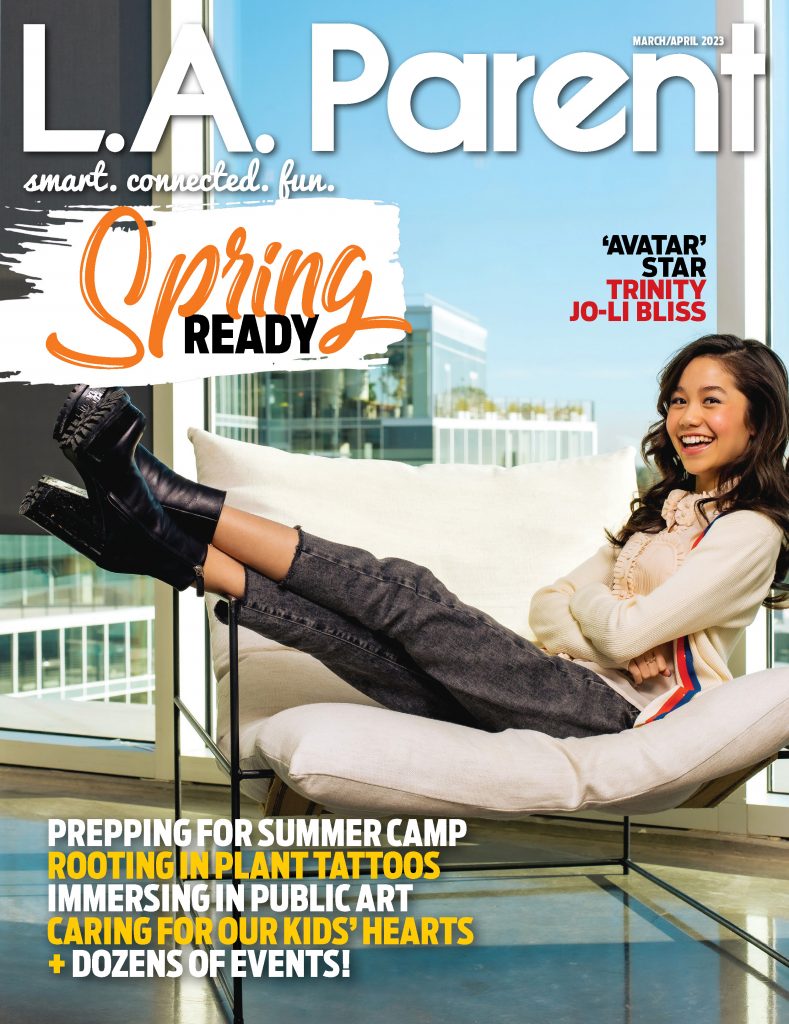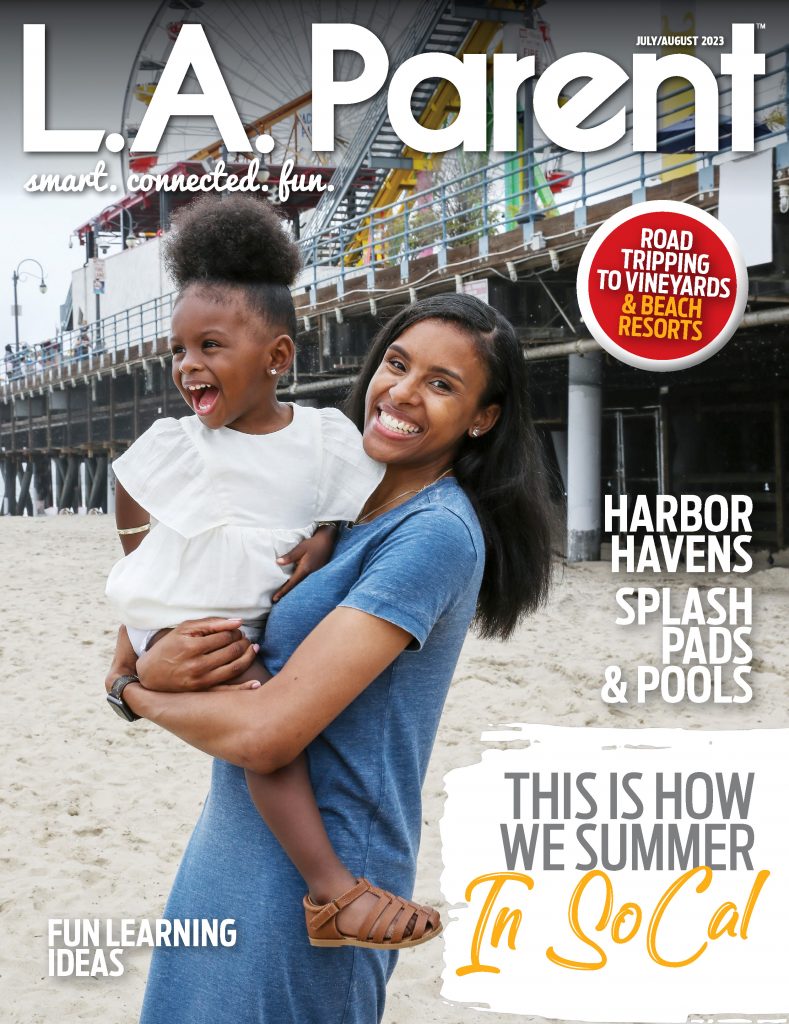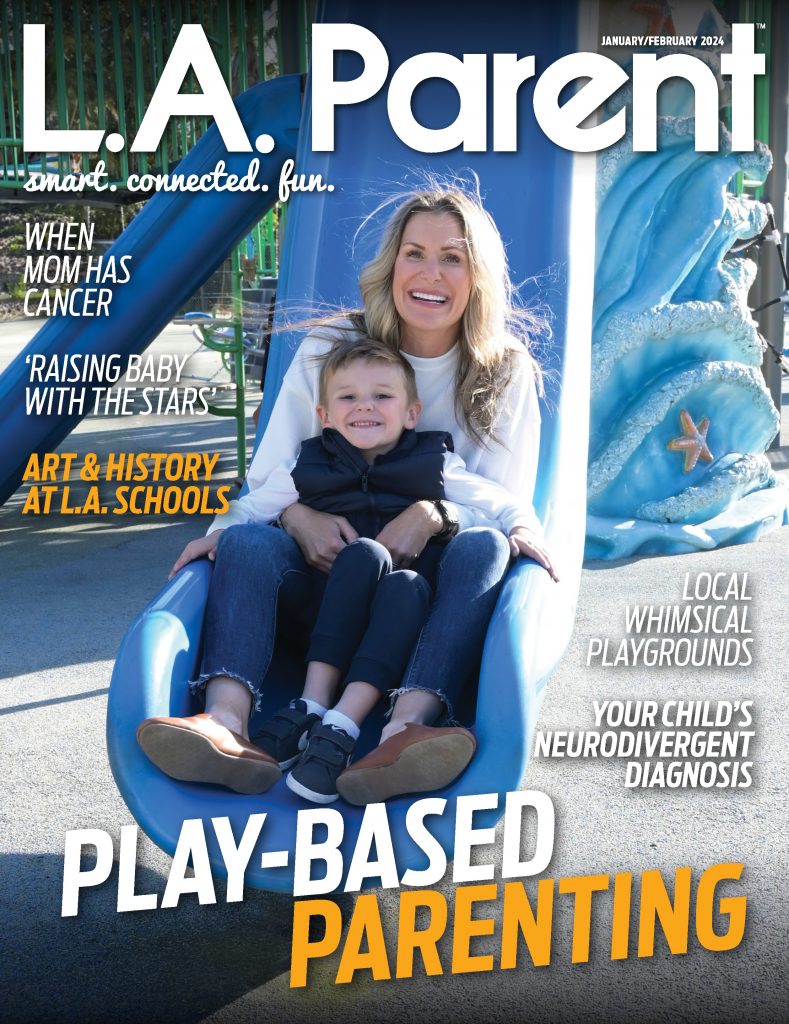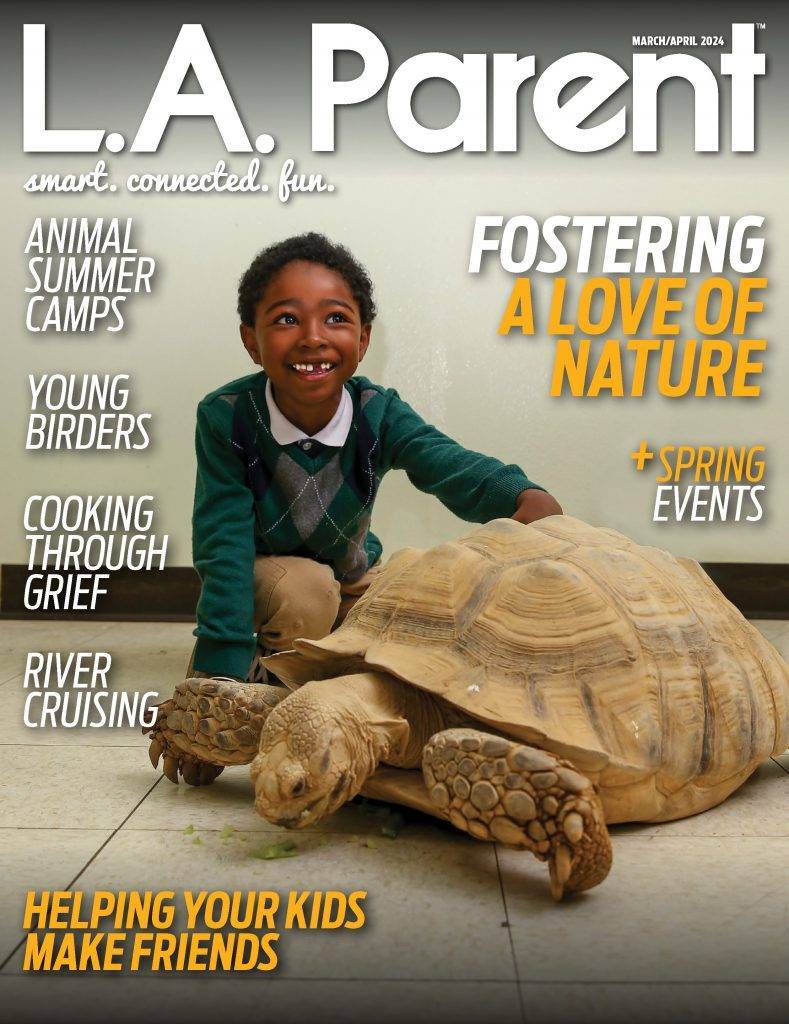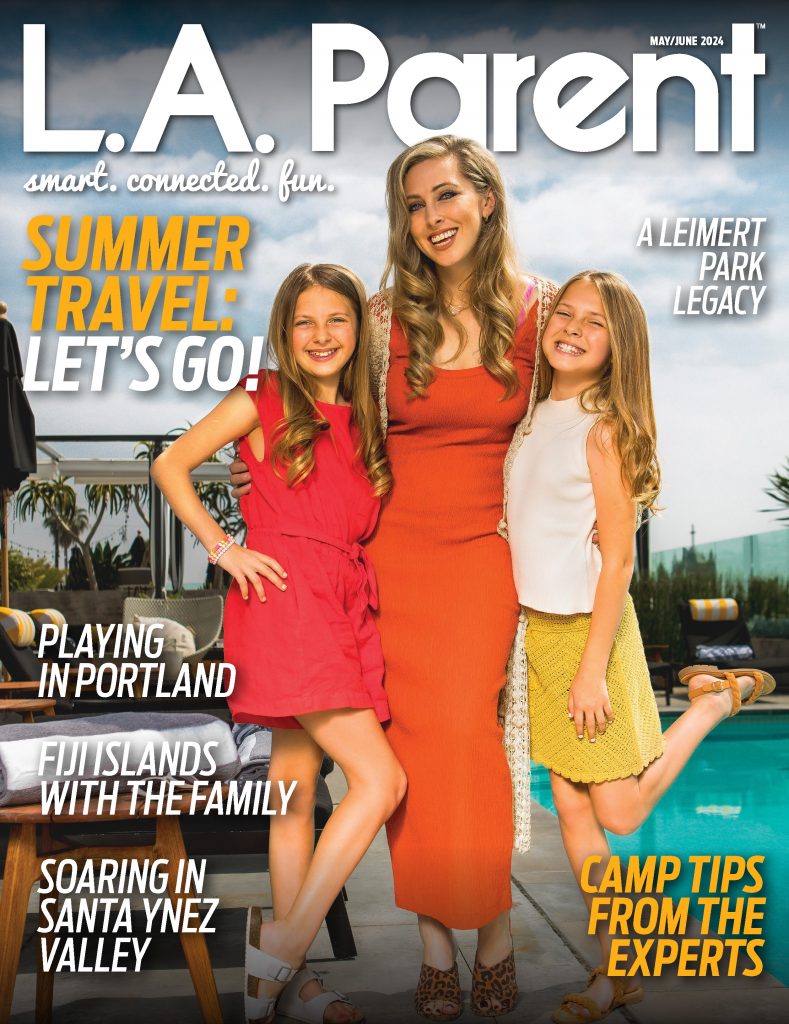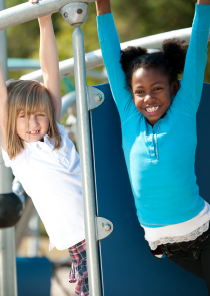The first step in camping with kids is to bury the notion that you’ll get a good night’s sleep on the trip. Your kids will crawl over you, walk around the tent half asleep and pepper you with “What’s that?” a thousand times over.
And even if they manage to sleep soundly, you will wake up every 30 minutes to make sure they are still tucked into their sleeping bags (they won’t be). Every rustle outside will have you peeking through the mesh, ensuring a bear isn’t lurking outside your tent. While my family was camping in Joshua Tree National Park one night, the wind whipped so fiercely that the tent walls pressed down on our heads. I stayed awake for hours, convinced we’d blow away while my kids slept through it all.
But if you embrace the reality of these less-than-restful nights, you’ll unlock an unforgettable family adventure. Camping builds resilience — not just in your children, but within your entire family unit. You’ll learn to collaborate with fewer comforts and resources, putting electronic devices aside to spend truly present, undistracted time together. You might find yourselves captivated for an hour by a family of turkeys wandering the campground, finally be inspired to learn a few constellations and perhaps even embrace a little dirt.
Sometimes people ask me, “Should our first camping trip be in the backyard?” No. The temptation of the house is too great — not for the kids, but for you. Inside are your soft bed, Netflix and a carton of Häagen-Dazs in the freezer. Save backyard camping for after you have completed your first campground excursion.
Getting started camping with kids can feel daunting even for experienced campers, but the adventure is far more accessible than it may seem.
Where to go
Los Angeles is full of campsites within a one- to two-hour drive. Try these options for a good time:
Leo Carillo and Sycamore Canyon Campground. These are two separate campgrounds about 10 minutes apart, located right off Pacific Coast Highway. Both are excellent spots to introduce new campers. They are a close drive from most parts of Los Angeles, campsites are shaded under oaks and sycamores, you can walk to the beach and Leo Carillo even has a small general store. Both campgrounds can be reserved up to six months in advance, and for spring and summer months, you will need to book that far out. However, you can also check back for last-minute cancellations. Book sites through reservecalifornia.com.
Wheeler Gorge. Wheeler Gorge is eight miles north of Ojai, which is convenient if you need to pick up forgotten hot dog buns! The campground is shaded and has a creek running through it with some great swimming holes. Weekends fill up fast for the summer months, so reserve in advance at recreation.gov.
Black Rock Campground (Joshua Tree National Park). If you are willing to drive a little farther and already have a one-night camping trip under your belt, head out to Joshua Tree National Park. This campground sits within the park’s boundaries, but you will have to drive about eight miles before the park’s main entrance. This is a family-friendly campground with a ranger station. Stop into the ranger station to get your Junior Ranger Handbook and participate in the activities. At the end of your trip, stop back in to be sworn in as a Junior Ranger. Learn more at nps.gov.
What to bring
Here’s the essential gear you need for successful camping:
Shelter. Tents are usually classified by how many people they sleep (e.g. four-person tent). If your family does not want to be too cozy, size up. For example, get the six-person tent if you are a family of four). Coleman makes good starter tents that are sturdy and affordable. Make sure to practice setting it up at home before your trip. You don’t want to be fumbling with tent poles while the sun sets.
Air mattresses. You’ll rest more comfortably on an air mattress.If you use an electric pump, make sure you have extra batteries or that it is fully charged. I avoid this by using a hand pump and having my 5-year-old pump it up. Young kids are fine on roll-out foam sleeping pads, but you might want something nicer for older kids. When choosing sleeping bags, pay attention to their temperature ratings, which indicate the lowest temperature at which the bag should be used. For Southern California’s warm season, you won’t need anything extreme; a 30-degree-Fahrenheit-rated bag should provide ample warmth.
Food and cooking essentials. Two-burner portable camp stoves work great for keeping the family fed. You will want to bring a couple of small propane tanks for fuel. Use a storage bin to hold all cookware, pots and pans, cutting boards, lightweight plates, utensils, salt, pepper, cooking oil, paper towels, plastic cups, trash bags, etc. A cooler packed with ice for perishables is essential. For one- or two-night trips, there’s no need to replenish ice. But if you’re staying longer than that, you will have to head into town for a fresh supply.
Food is truly one of the great joys of camping! Simple classics like hot dogs are perfect for beginners, but as you get more comfortable, experiment with tacos, pasta dishes and even steaks. In the mornings, instant coffee for the adults and hot chocolate for the kids will be much appreciated. Bring lots of snacks and lots of water. They go fast while camping.
Safety essentials. Always pack a well-stocked first-aid kit, including plenty of Band-Aids and wipes.
What to do
Setting up the tent, cooking and cleaning take up a lot of time when camping, so you don’t need to overpack your activities. Simply allowing kids to explore and connect with nature is often the most valuable activity. However, here are a few ideas to enhance the adventure:
Biking. Bicycling around the campground is consistently a top favorite for kids. It offers a sense of independence, allows them to explore their temporary neighborhood and burns off that boundless energy. My kids often rate the quality of a campsite on how many good bicycling hills there are.
Scavenger hunt. Grab a folding guide on local trees, birds, reptiles, animal tracks and wildflowers of Southern California (Sibley makes excellent ones). Challenge your family to see how many items they can find and identify. If you’re feeling ambitious, do a little research beforehand and create your own customized scavenger hunt tailored to your specific campground’s ecosystem.
Build campfires. The campfire is the heart of any camping trip. Involve the kids in the entire process, from safely gathering kindling to carefully stacking logs. This is also the perfect opportunity for a conversation about campfire safety. Once the fire is going, see where the conversation takes you.
Create a family tradition. Create a tradition unique to your family that you will do on every trip. You can designate a s’mores master to oversee the marshmallow roasting. (Consider rotating the position each night.) Everyone can bring a poem or song lyric to share on each trip. I have my boys pick up five to 10 pieces of trash as the last thing we do before leaving the campsite. They find a lot of beer bottle caps and learn “leave no trace” principles at the same time.
Camping will take you and your family out of your comfort zone, unexpected moments will arise (changing diapers in a tent is much trickier than at home) and sleep may be at a premium. But your family will strengthen its bonds through shared challenges and connect on a level that the outdoors is best at facilitating. Less than two hours from home, Angelenos can camp in the mountains, the beach or the desert. Make it a goal to try all three.
Happy camping.
Rick Perillo is the seed-to-table manager at MUSE Global Schools in Calabasas.



